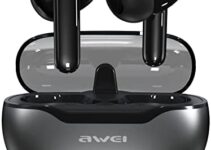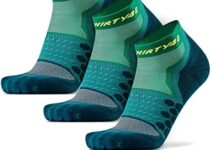Around the time of the “Breaking 2” experiment where Nike pulled out all the stops to see if an athlete could break the 2 hour marathon barrier, there was a huge leap in shoe R&D and Nike developed a new style of running shoe that utilized a carbon plate and super light, high energy return foam that supposedly increased running efficiency by 4% (hence the name Vaporfly 4%). Eluid Kipchoge did end up breaking the 2 hour barrier (in a tightly controlled environment using some advantages that disqualified it from being an official record but he was still the first human to run the distance under 2 hours). Immediately after the shoe became commercially available, nearly every elite runner and a lot of amateurs too were wearing Vaporflys.
It set off a flurry of new advancements in shoe technology as other brands tried to reclaim their piece of the market. We’ve seen a huge shift away from minimalist racing shoes that were all the rage since Born to Run was published and became a sensation in the 2000s. Now most competition shoes utilize the carbon plate and ever increasing amounts of kinetic foam.
Of course, this all came with controversy as people worried that the technology advancements were happening too fast, that it gave certain athletes who had access to non-commercially available “supershoes” an unfair advantage, so the committee responsible for international running regulations put some guidelines in place. The main one being limits on the “stack height”, or amount of foam cushioning a shoe was allowed to have. I believe the limit is now 40mm, which conveniently was exactly the height of Nike’s most advanced racing shoe on the market at the time.


